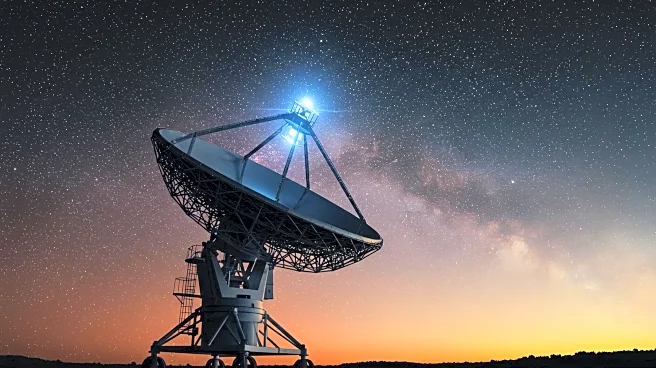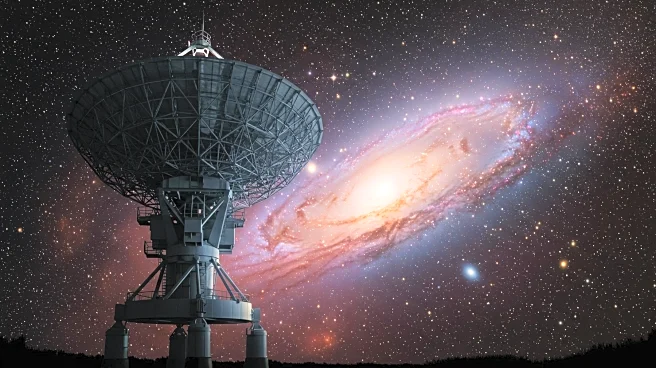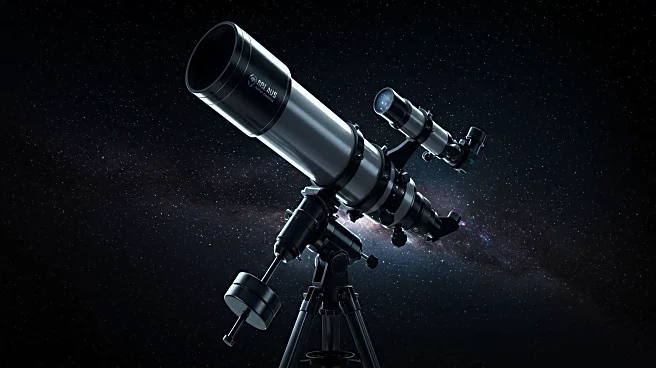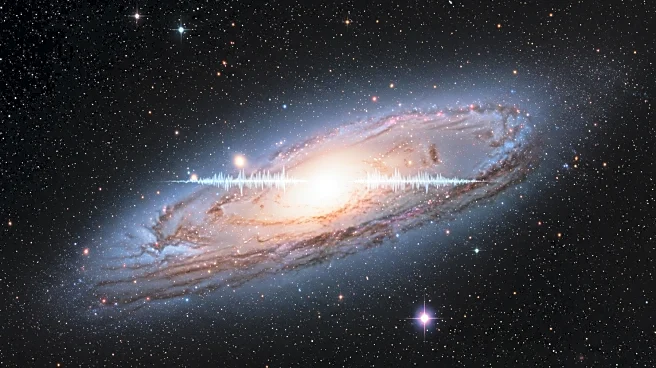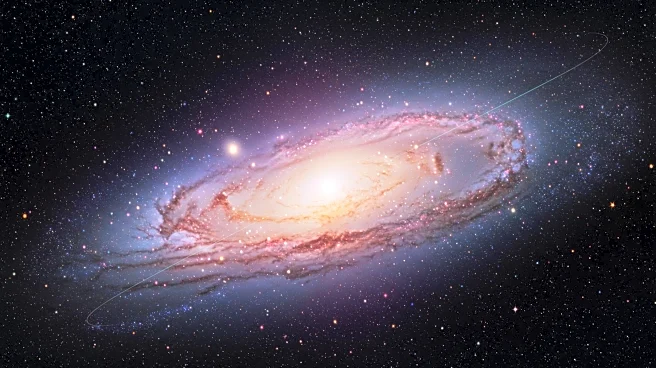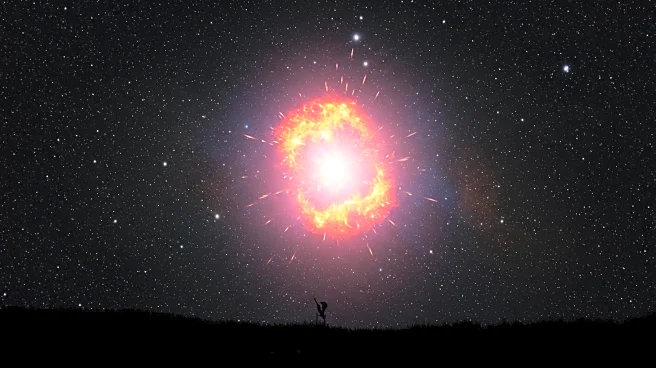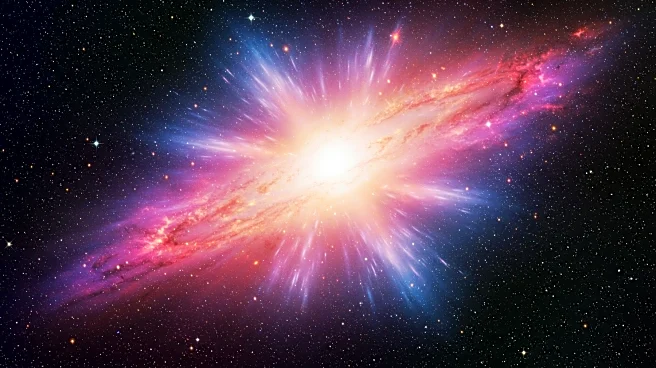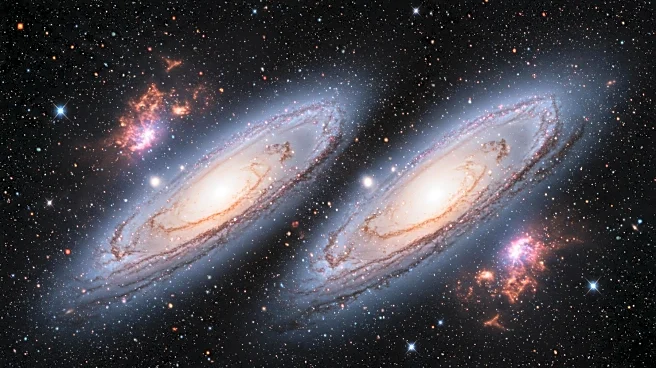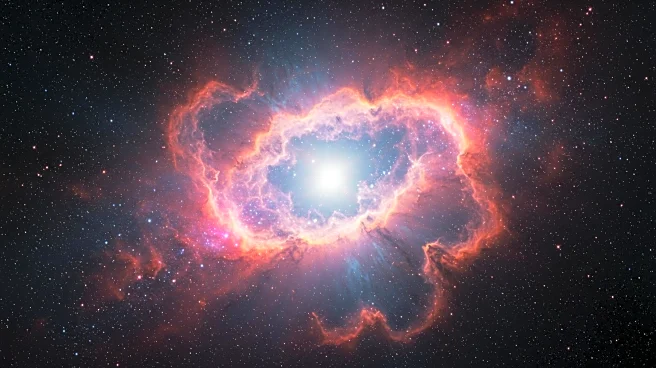Rapid Read • 7 min read
Astronomers at Northwestern University have successfully traced the origin of one of the brightest fast radio bursts (FRBs) ever recorded. The pulse, named RBFLOAT, was detected in March 2025 and released energy equivalent to the sun's output over four days. Using a new analysis method, researchers pinpointed its source to a spiral galaxy 130 million light-years away, in the constellation Ursa Major. The CHIME radio telescope in Canada, along with smaller stations called Outriggers, played a crucial role in detecting and triangulating the signal. This achievement marks the first time a non-repeating FRB has been localized with such precision, offering new insights into these mysterious cosmic phenomena.
AD
The ability to trace FRBs to their precise origins is a significant advancement in astronomy, potentially unlocking new understanding of extreme cosmic events. FRBs are believed to originate from phenomena such as neutron star mergers or magnetars, which are highly energetic and brief. The successful localization of RBFLOAT suggests that similar techniques could be applied to future signals, enhancing the ability to study these events. This could lead to breakthroughs in understanding the universe's most energetic processes, impacting fields such as astrophysics and cosmology.
The research team plans to apply the triangulation technique used for RBFLOAT to future FRB detections. They estimate that CHIME could achieve around 200 accurate localizations per year, significantly expanding the sample size of known FRBs. This could lead to routine identification of FRBs' host galaxies and their specific locations within those galaxies, providing deeper insights into their origins and characteristics.
AD
More Stories You Might Enjoy
